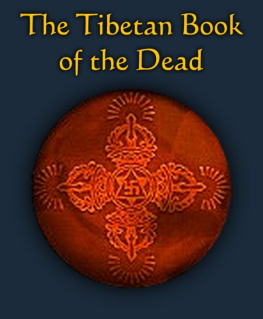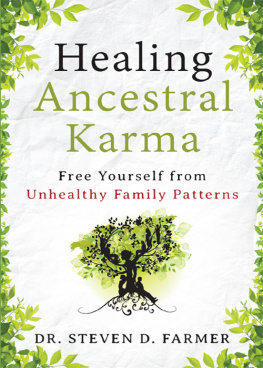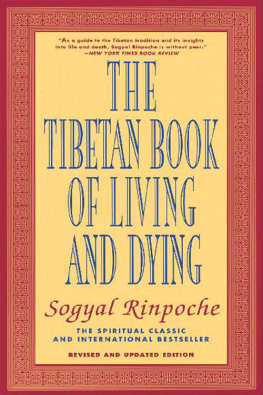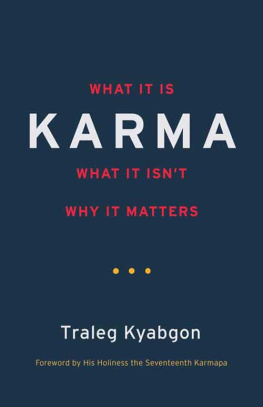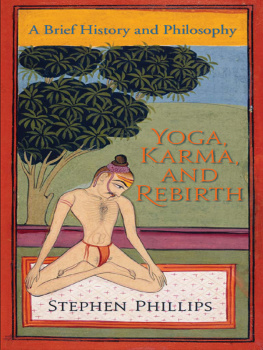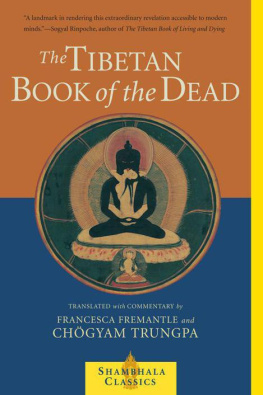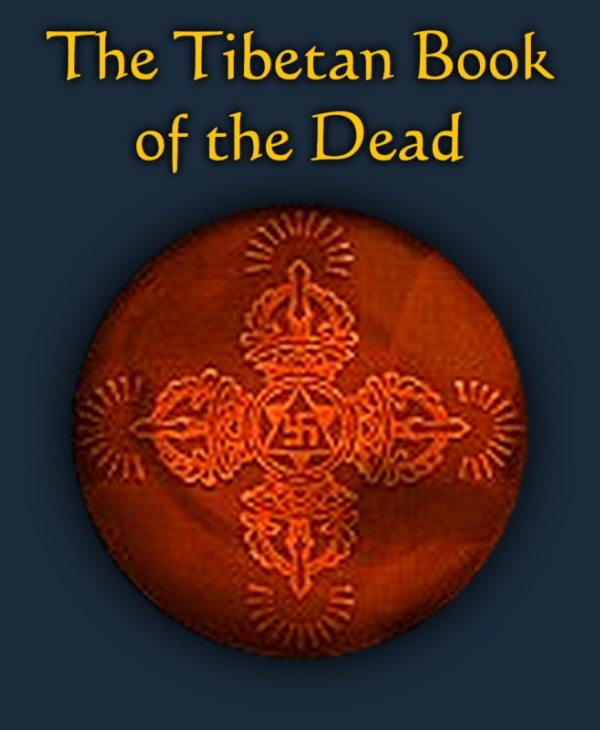Or the After-Death Experiences on the Bardo Plane
by Karma-glin-pa (Karma Lingpa)
English translation by Lama Kazi Dawa-Samdup
Compiled and Edited by W. Y. Evans-Wentz
Foreword by Summum
First published in 1927
by Oxford University Press
London, England
Ebook published by

Salt Lake City, Utah
http://www.summum.us
Copyright Status
Summum's copyright status research of the 1927 publication of The Tibetan Book of the Dead...
The Tibetan Book of the Dead was originally published by Oxford University Press in London, England. In January of 2005, an email inquiry with Oxford University Press in London yielded the following information which came from their Archives department:
The book was published August 11, 1927.
In response to whether the book was also published in the United States at that time, Oxford's archivist replied, "The answer seems to be 'yes.'" He went on to state the following:
"The author defrayed some printing costs, and a filed note shows that copies sold in the United States had a percentage of profits deducted towards these costs as well. This indicates that copies printed in Oxford were made available through our New York office for American purchase."
Hence, it appears the book was simultaneously published in England and the United States.
Based on information from the US Copyright Office, the copyright term for a work published before January 1, 1964, is twenty-eight (28) years. The copyright term for such works could be renewed in the twenty-eighth calendar year from the date of copyright.
Per the US Copyright Office website:
If a copyright originally secured before January 1, 1964, was not renewed at the proper time, copyright protection expired at the end of the 28th calendar year of the copyright and could not be restored.
Summum had the US Copyright Office conduct a copyright status search on the 1927 publication of The Tibetan Book of the Dead. The report from the US Copyright Office indicated the following:
- No copyright registration is on record for the 1927 publication.
- No renewal was filed which would have occurred in 1955 had it been renewed.
- The first US copyright registration on record for the book was for an edition that was published in 1960 and the registration only covers a new preface that was added to the book.
With regards to the Uruguay Round General Agreement on Tariffs and Trade (GATT) where US copyright protection was restored to certain foreign works first published outside the United States, because information indicates The Tibetan Book of the Dead was simultaneously published in the United States and England, the copyright was not restored in this case.
Based upon this information, we conclude that the material contained in the original publication of 1927 is in the US public domain.
E-book edition ~ EPUB format
Published by Summum
| ISBN-10: | 0-943217-06-7 |
| ISBN-13: | 978-0-943217-06-2 |
September 2010
This book is the first English language translation of the famous Tibetan death text, The Great Liberation upon Hearing in the Intermediate State. Also known as the Bardo Thodol which means "liberation by hearing on the after death plane" (Bardo: after death plane, Thodol or Thotrol: liberation by hearing), it was originally written in the Tibetan language and is meant to be a guide for those who have died as they transition from their former life to a new destination.
The work has been traditionally attributed to Padma-Sambhava, an Indian mystic who was said to have introduced Buddhism to Tibet in the 8th century. Legend has it that while visiting Tibet, Padma-Sambhava found it necessary to conceal sanskrit works he had arranged to be written. The Tibetans of that time were not ready for the spiritual teachings contained therein, so he hid his texts in strange and remote locations, leaving them to be discovered at a later time when their spiritual message could be received by those with an open mind.
The most famous of those that discovered and revealed Padma-Sambhava's writings was Karma Lingpa who was born around 1350 CE. According to his biography, Karma Lingpa found several hidden texts on top of a mountain in Tibet when he was fifteen years old. Within those texts, he found a collection of teachings entitled The Self-Emergence of the Peaceful and Wrathful Deities from Enlightened Awareness. These teachings contained the texts of the now famous Great Liberation upon Hearing in the Bardo.
The Tibetan Book of the Dead was first published in 1927 by Oxford University Press, London. Dr. Walter Y. Evans-Wentz coined the title because of parallels he found with the writings of The Egyptian Book of the Dead. The paperback and hardcover editions of the book contain extensive notes by Evans-Wentz about the conclusions he drew from the translation which, some say, were greatly influenced by his involvement with Theosophy and neo-Vedantic Hindu views. A later edition of the book includes commentary by the renowned psychoanalyst, Dr. Carl Jung, whose insightful essay illustrates that this Tibetan text goes beyond a study of Tibetan culture and reaches into a psychology that has great relevance to the western world.
This e-book, made courtesy of Summum, represents the edited English translation taken from the first edition. with information as to why so that we may review your information and if necessary, remove this e-book from distribution.
Summum.TV
The Tibetan Book of the Dead can be quite difficult to read and understand since it was written for a different audience. However, we offer video broadcasts of readings of the book that include insightful discussions of its contents within the context of the Summum philosophy, the Summum rites of Modern Mummification, and what Summum terms as "Transference." Transference is that period of transition between one life and the next that occurs just before, during, and after death. The video discussions greatly help convey the intent and meaning of the book since they are in terms more easily understood by the western world.
You can watch the video by visiting our website at:
http://www.summum.us/mummification/tbotd/
To learn more about Summum's practice of Modern Mummification, visit our website at:

